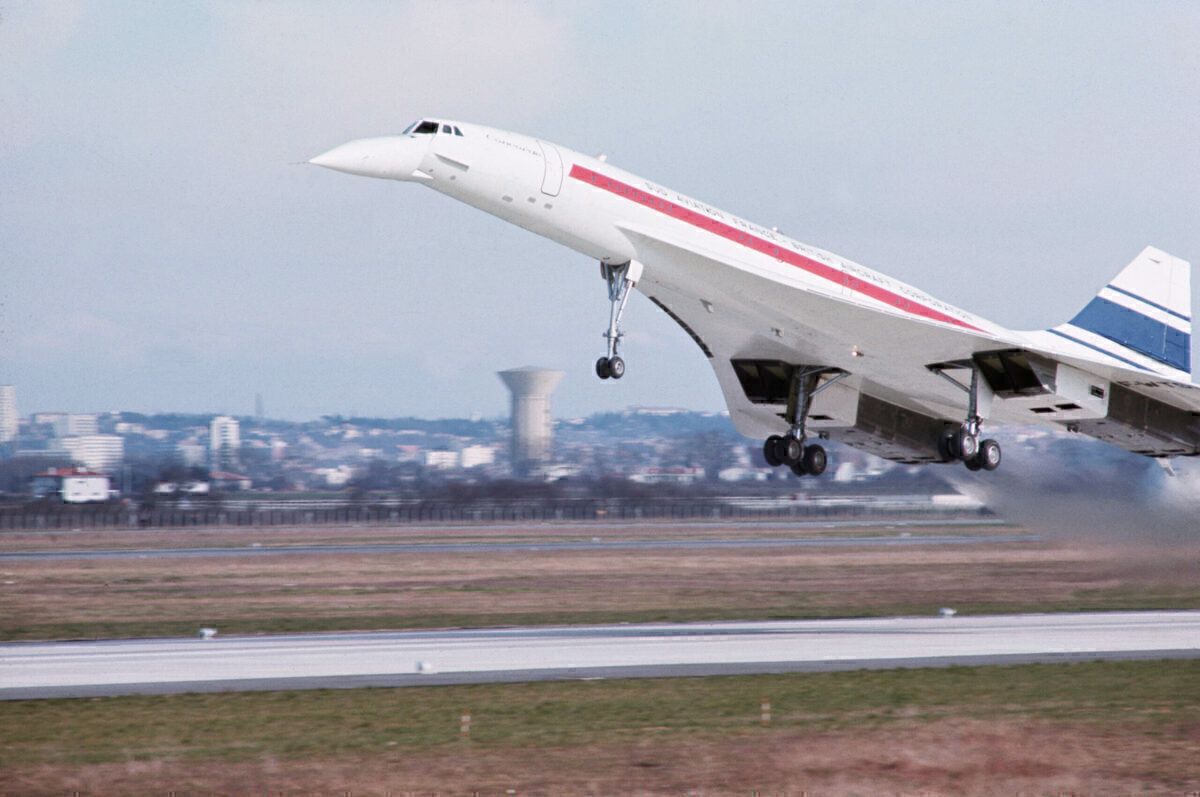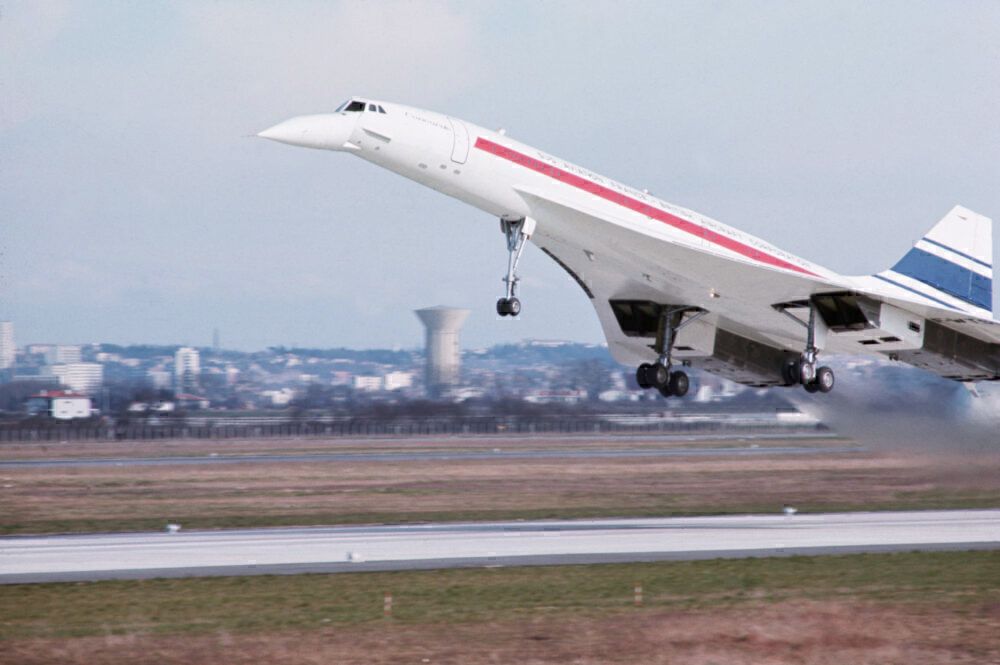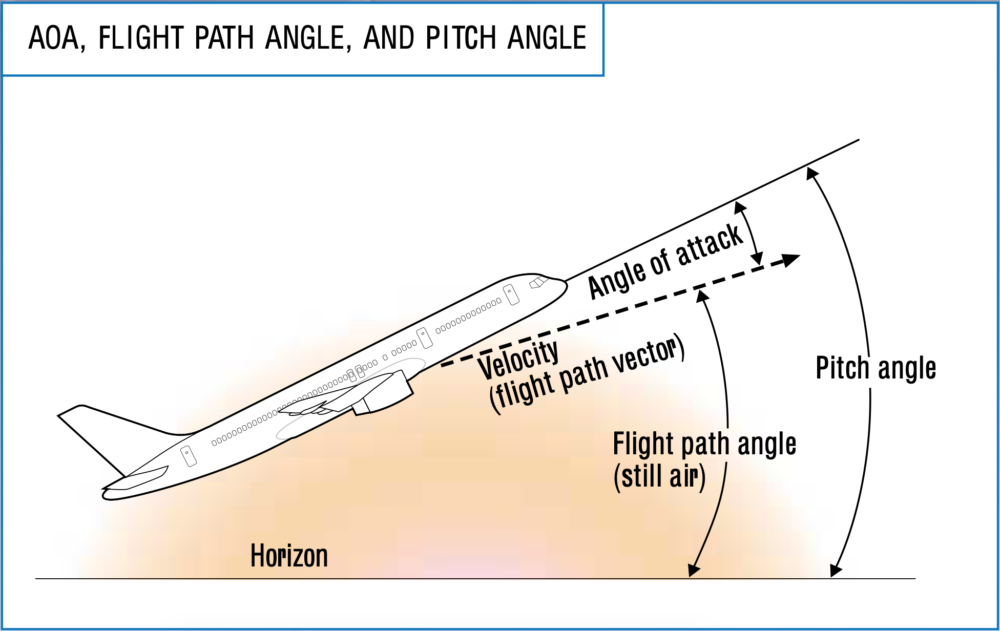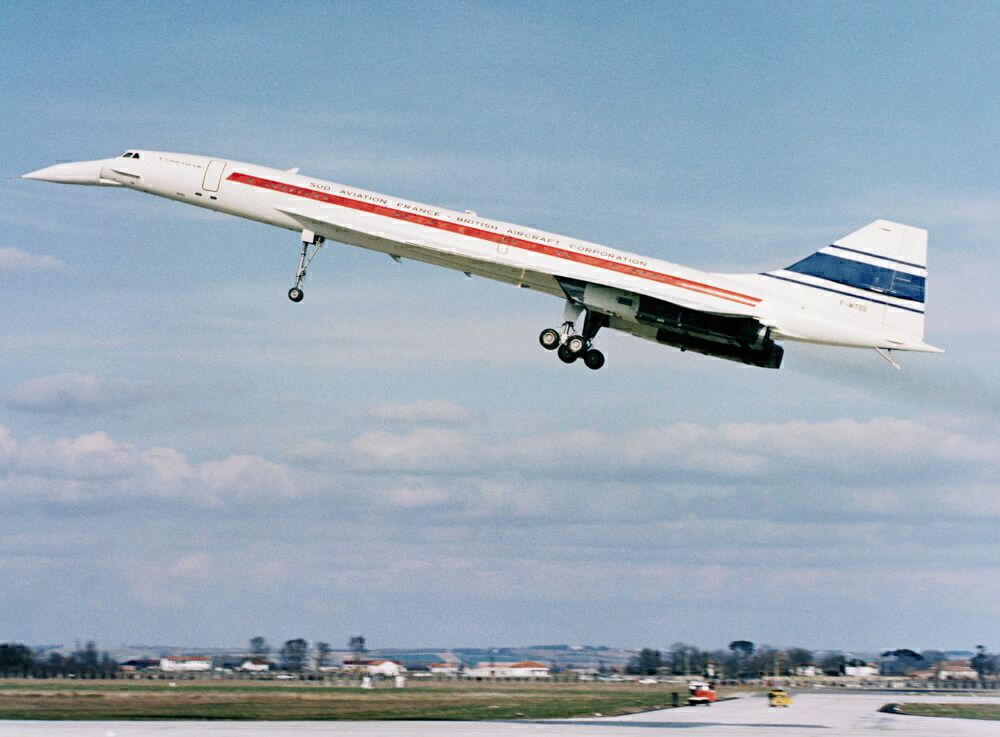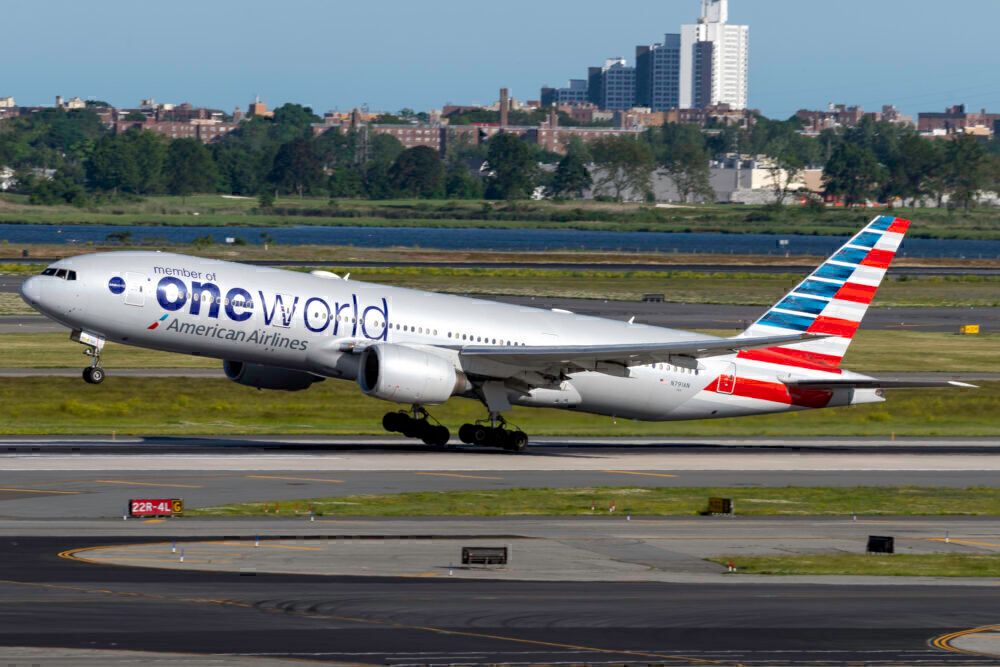There were many, many ways Concorde different from other commercial passenger aircraft around it. The fact that it could fly more than twice as fast was obviously the key differentiator. However, to support these incredible speeds, the aircraft's design had to be altered, giving it a look that was unlike any passenger jet in the skies. Its design, made for supersonic flight, also gave it an angle of attack that was higher than other planes. Let's take a look at this single aspect of the Concorde, comparing it to passenger jets.
What is angle of attack?
First off, let's look at what angle of attack actually means. Angle of attack, or AOA, is defined as the angle between the oncoming air or relative wind and a reference line on the airplane or wing.
This factor is visualized with the help of the diagram below:
Concorde's AOA is due to its wings
To reach its maximum supersonic cruising speed of Mach 2.04 (2,179km/h), Concorde's wings needed to be shaped differently from conventional commercial airliners. Thus, the aircraft was given its signature “slender ogival delta” wing. This allows it to handle supersonic speed while at the same time managing the relatively slow speed needed for landing.
The aircraft designer leading the British team's contribution to Concorde explains it like this:
"The ideal shape to fly at Mach 2 was a slender delta, just a narrow triangle where you were pretty free of shock waves. Unfortunately the aspect ratio was very nearly zero, with virtually no span or length. So you had to increase the aspect ratio to get the subsonic performance, and increase the span at the back end. Then you have another compromise, so you didn’t overdo it and damage the supersonic cruise...What you got was this fancy wing shape which everybody thinks we did to make it look pretty, but the only reason for it was you couldn’t do it any other way." - Sir George Edwards via Quora
This design necessity also changed how the aircraft landed, requiring a higher angle of attack than normal jets.
How Concorde's AOA differed
Now that we have a solid understanding of what angle of attack is and how Concorde's design differed, we can compare the AOA to regular passenger planes.
To state it simply, Concorde's AOA was higher than other passenger planes. Indeed, the supersonic aircraft would rise to a high angle of attack of about 18 degrees. Meanwhile, passenger aircraft have a take-off/landing AOA that is typically much lower - around 10 to 12 degrees. However, this range is an oversimplification as AOA varies greatly by the size of the plane, engine power, wind, and load on the aircraft.
In terms of flight cruising altitude, we know that most planes fly somewhere between a two and five-degree AOA. However, we were unable to find data on Concorde's AOA while flying.
Have you ever been on a flight that had a particularly high angle of attack when taking off or landing? Share your experience in the comments.

